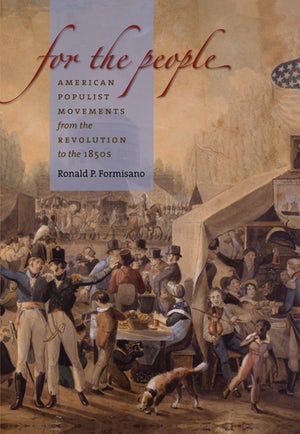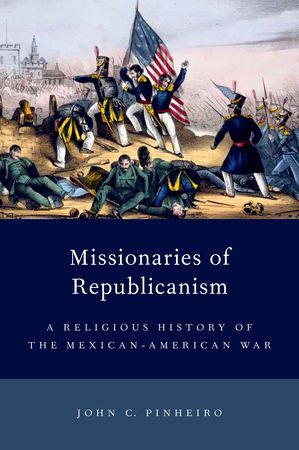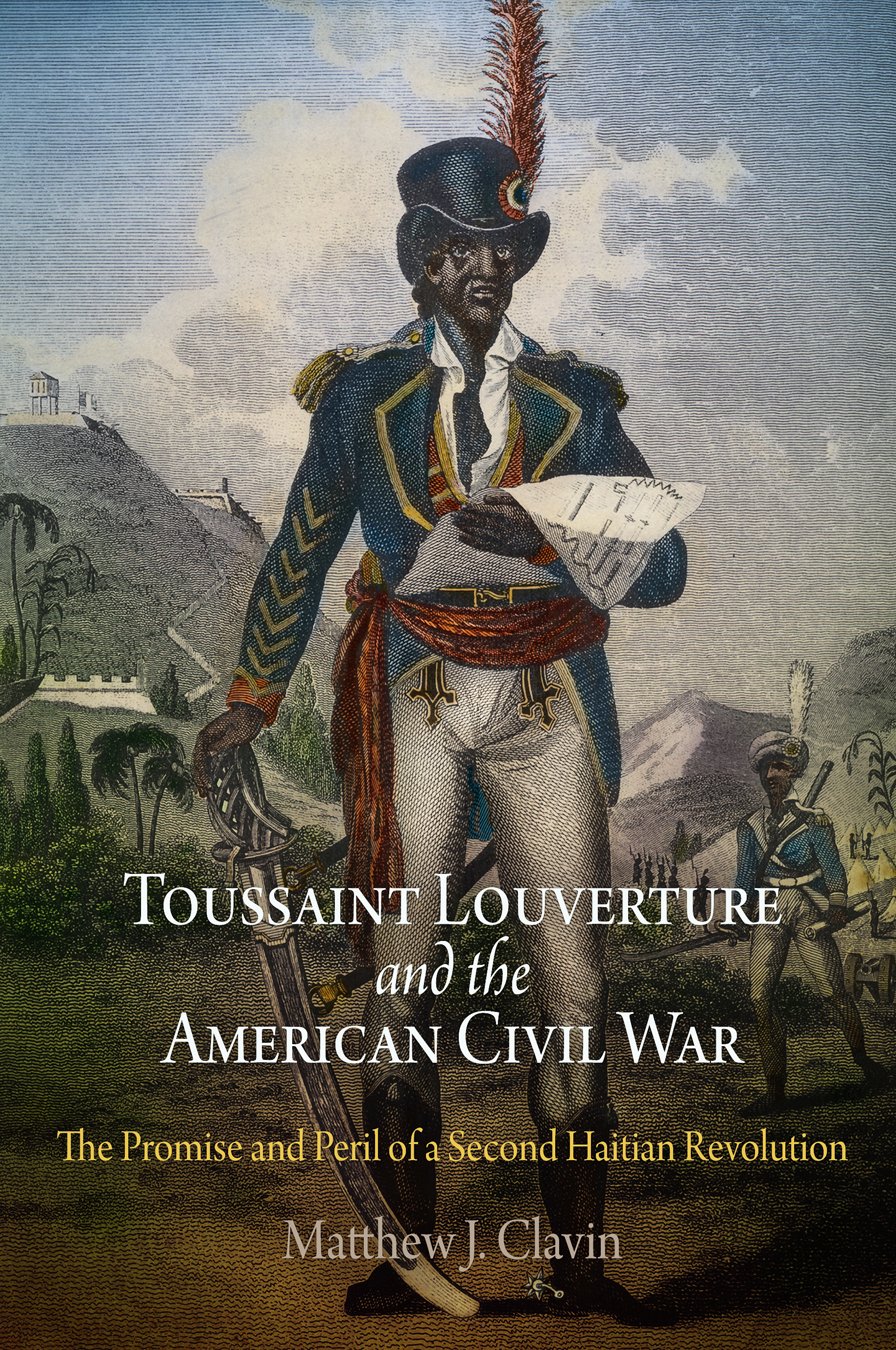Historians have long neglected the Thirteenth Amendment, often rendering it as a postscript to the Emancipation Proclamation and a forerunner to the Fourteenth Amendment. Michael Vorenberg’s Final Freedom will force them to reexamine their assumptions concerning American slavery’s final demise and require them to integrate the Thirteenth Amendment more fully into the broad Civil War narrative. Most importantly, the Thirteenth Amendment marked a turning point regarding Americans’ understanding of their Constitution. It additionally caused them to reconsider freedom’s meaning and played a crucial role in transforming the era’s politics. Emphasizing human contingency, Vorenberg deftly illustrates how unexpected developments marked the incremental steps whereby Abraham Lincoln, Republicans, and War Democrats came to support constitutional emancipation.
Scholars have long recognized that few Northerners went to war in 1861 intending to abolish slavery. Even this minority did not anticipate emancipation by means of a constitutional amendment. Most antebellum Americans–abolitionists included–saw amending the Constitution as an inappropriate avenue for launching social change. They generally envisioned a static Constitution and would have judged any amending efforts as tantamount to admitting “that the American national experiment had failed” (17). This attitude helps explain the lapse between the Twelfth Amendment’s (1804) and the Thirteenth Amendment’s (1865) ratifications, the longest in the nation’s history.
Several forces–the Civil War’s escalating casualties, the growing Northern hostility towards Southern whites, slaves’ fleeing to Union lines, the successes of African American soldiers, and the expected military benefits of emancipation–exacerbated white Northerners’ hostility towards slavery. The burgeoning ranks of antislavery Northerners applauded Lincoln’s signing of the Emancipation Proclamation in January 1863. Inasmuch as the proclamation abolished slavery only in areas under Confederate control, many expected that congressional action would somehow end slavery by resorting to a constitutional loophole.
Realizing that courts could nullify both antislavery legislation and the Emancipation Proclamation, some War Democrats and Republicans began promoting an antislavery constitutional amendment in late 1863. That Democrats were an impetus behind the amendment is one of the surprises of Vorenberg’s narrative, as their party’s Northern wing had, for decades, been a more probable defender of slavery than their Northern political competitors. Indeed, during the secession winter of 1860-61 Northern Democrats had played a leading role in proposing amendments that constitutionally protected slavery, and that they hoped would undermine secession. Peace Democrats continued to propose similar amendments during the war in hopes of ending the fighting. By late 1863, however, a number of War Democrats recognized that their party’s defense of slavery was becoming politically unwise. An antislavery amendment, on the other hand, made good political sense, as it held the promise of forging a new political coalition. It could appeal to War Democrats who condemned Lincoln’s Emancipation Proclamation as unconstitutional and whose party had long preferred constitutional change over the broad use of executive or legislative power. Although no radical would resist a measure promoting emancipation, War Democrats and conservative Republicans hoped that an amendment merely abolishing slavery could also undermine radical Republicans’ gestures towards racial equality.
Representative James Ashley’s introduction of an antislavery amendment into the House in December 1863 initially gathered little notice. Lincoln did not publicly support it, and newspapers said little about it then or the following month, when Senator John Henderson, a Missouri Democrat, introduced a similar amendment. The Senate Judiciary Committee, which wrote the version later incorporated into the Constitution, generated no recorded debate on the measure. It was only during the April Senate debate, when Maryland Democrat Reverdy Johnson announced his support, that the national press began to follow the amendment more closely. Public scrutiny increased in June 1864, when the Republican Convention’s platform embraced the amendment, followed by the House of Representatives’ debate and vote on the proposal. When passage failed by only thirteen votes, many political observers expected that the amendment would be the fall campaign’s defining issue.
Unforeseen events dictated another course. The lack of military victories during the summer of 1864 reminded everyone that the Confederacy’s survival diminished the antislavery amendment’s importance. Meanwhile Peace Democrats charged that Lincoln was unnecessarily prolonging the war in order to end slavery. Fearful that emancipation could harm them politically and concerned that they might lose the election, the president and Republicans ceased promoting the amendment. Republican prospects improved only following the September Union victory in Atlanta. Nevertheless, politicians of both parties scarcely broached emancipation during the fall campaign. Democrats emphasized civil liberties violations, conscription, federal interference with states’ rights, and miscegenation, whereas Republicans questioned Peace Democrats’ loyalty.
Despite the fall campaign’s emphasis on other issues, Lincoln informed Congress a month after his reelection that the returns showed a popular mandate for the antislavery amendment. Fresh from electoral victory, Lincoln lobbied to have the amendment pass the House of Representatives. The mood in Congress, however, had changed since the preceding June. Several years of fighting, in particular the blood spilled in 1864, forced Americans to confront the Constitution’s failure to resolve slavery. Consequently, the originalist argument that Congress should not tamper with the Constitution had grown feeble. Lincoln and Congressional Republicans persuaded eight Democrats–some of whom had formerly defended slavery–to switch their votes from the previous June, and convinced Representatives formerly absent to vote yea. The House finally passed the Thirteenth Amendment on January 31, 1865, and transmitted it to the states for their ratification.
Once the Thirteenth Amendment was in the hands of state legislatures, several questions surfaced that Congress had deliberately avoided. Most immediate was the indeterminate number of states needed to ratify the amendment. Because conservative Republicans and War Democrats differed from Radical Republicans over whether seceded states were still technically within the Union, Congress never stated the precise guidelines for ratification before submitting the amendment to the states. Lincoln favored including the Southern states in the ratification process, and Andrew Johnson, who insisted that former Confederate states abolish slavery in their state constitutions as a term of their readmission to the Union, implored them also to ratify the amendment. Georgia’s ratification in December 6, 1865, followed twelve days later by Secretary of State William Seward’s proclamation declaring the amendment adopted, formally ended slavery in the United States and, for practical purposes, terminated the ratification dispute.
More important was the amendment’s second section, which gave to Congress the “power to enforce [the amendment] by appropriate legislation.” Congressional debaters favoring the amendment skirted this section, as they recognized a public discussion of it could expose supporters’ differences regarding the meaning of freedom, racial equality, and citizenship, and might threaten its passage altogether. Expectedly, Democrats and slave-state legislators lambasted this enforcement clause–even more than they did the ending of slavery–claiming that it would expand federal authority and give Congress the power to promote racial equality. Several former Confederate states conditionally ratified the amendment, declaring that the enforcement clause was ineffectual.
Some of the Amendment’s early supporters “believed that ex-slaves should have no positive rights beyond the right not to be owned” (86). Many of these individuals changed their minds, however, when former Confederate states passed the Black Codes in 1865. These codes, which circumscribed African Americans’ rights, caused many Republicans to concede that freedom consisted of more than the absence of bondage. Accordingly they reinterpreted the enforcement clause and now envisioned the Thirteenth Amendment as the foundation for African Americans’ civil rights. When passing the Civil Rights Act of 1866 and renewing the Freedmen’s Bureau Act, Congress claimed as its authority the Thirteenth Amendment’s enforcement clause.
The Thirteenth Amendment’s importance lies not only in its striking the final blow to slavery. It also marked the beginning of Americans using constitutional amendments as instruments of social reform–including reforms not imagined by the Framers. The amendment debate further weakened originalist thinking and forced Americans to confront the Constitution’s imperfections. By illustrating how contingency affected the process of passing and ratifying the Thirteenth Amendment and demonstrating that it “never had a single, fixed meaning” (237), Vorenberg offers a convincing counterpoint to contemporary originalists.
This article originally appeared in issue 2.4 (July, 2002).
John W. Quist is an associate professor of history at Shippensburg University and the author of Restless Visionaries: The Social Roots of Antebellum Reform in Alabama and Michigan (Baton Rouge, 1998).



















